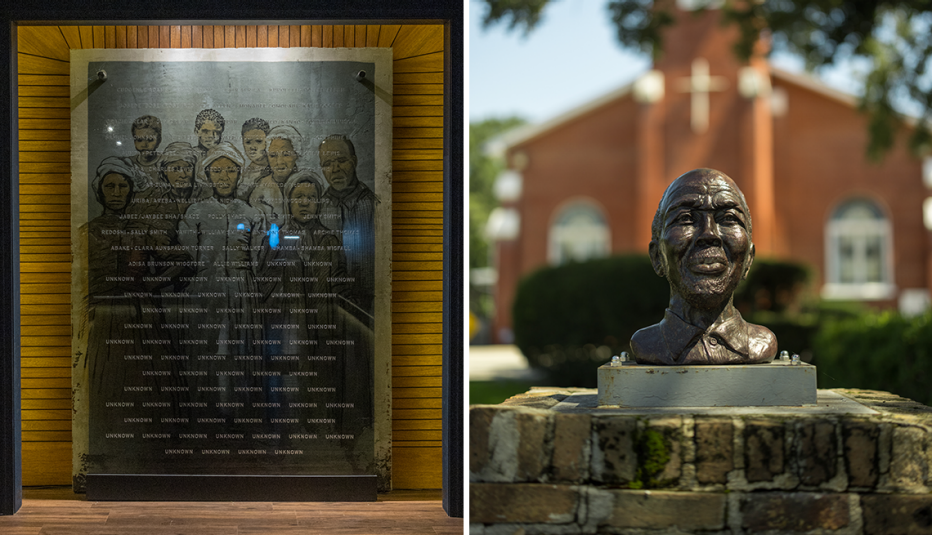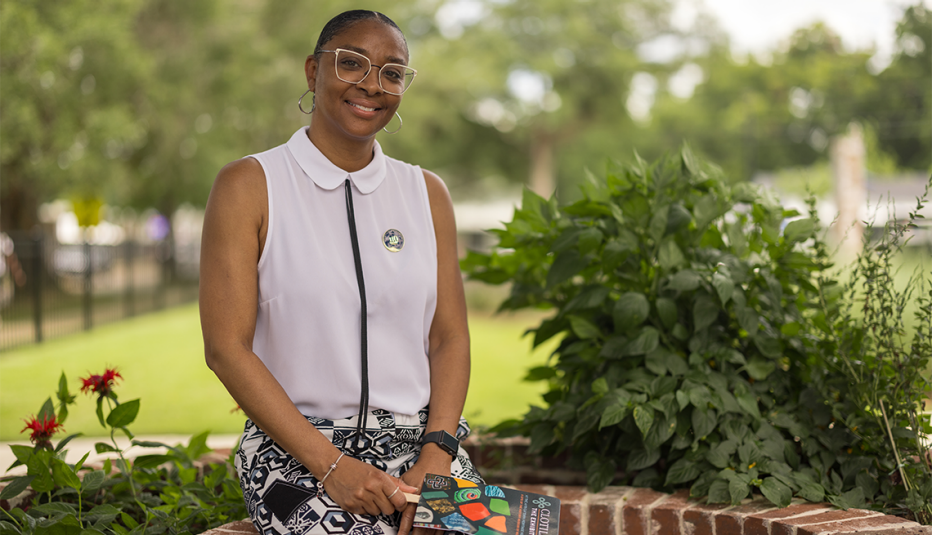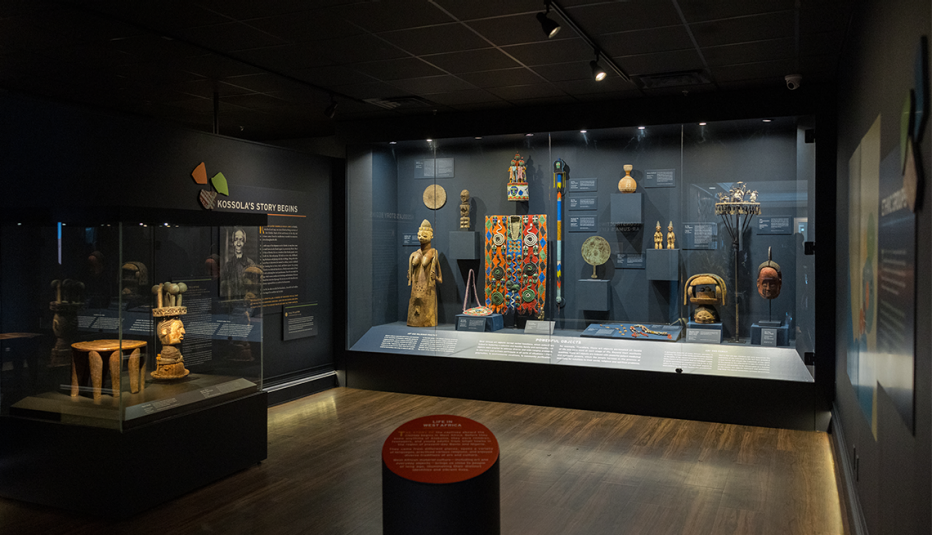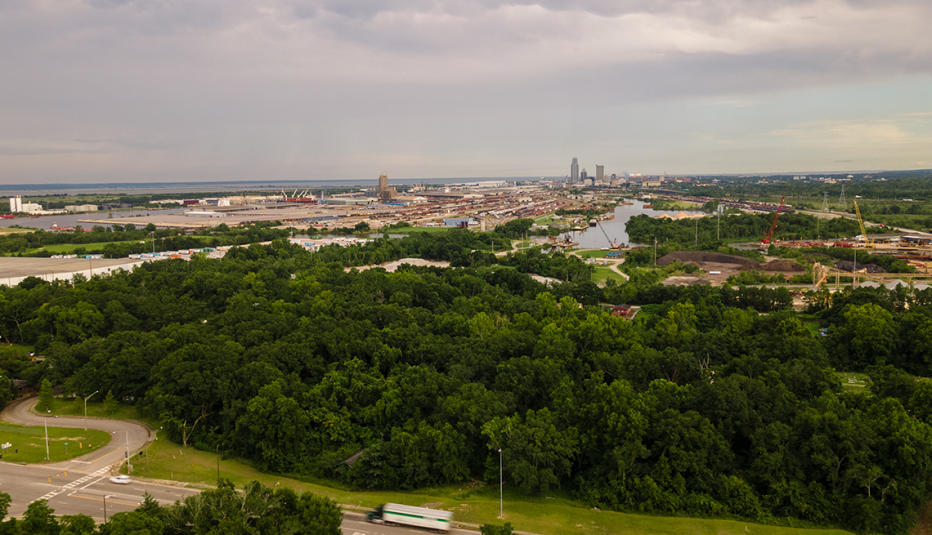Staying Fit


Africatown, Alabama — Altevese Rosario’s voice quivers when she speaks of her great-great-great-grandfather Kossola Oluale.
Here in the hot Alabama sun, she remembers Oluale’s greatest sacrifice and reflects on what it meant to him to be one of the last known survivors of the Clotilda. In 1860, the slave ship took the final voyage trafficking Africans into the United States, 52 years after the federal government had outlawed bringing enslaved people into this country.
“The goal of Kossola sharing his story was twofold,” Rosario, 48, told the crowd gathered to celebrate the opening of Africatown Heritage House, a nearly 5,000-square-foot, one-story building in the center of Africatown. “First, he valued the richness and beauty of his origins. And second, he needed his story — their story,” Rosario paused. “To be forever remembered.”


“It got to me a little bit,” Rosario says of her emotional moment. “Our ancestors aren’t physically here. They’re spiritually here, and they get to see what they always hoped for.”
Africatown Heritage House
2465 Winbush Street
Mobile, AL 36610
Open: Tuesday–Saturday, 10 a.m.–5 p.m.
Tickets: $15 for adults; $9 for adults 65-plus, active/retired military; $8 for children 6–18. Timed-entry tickets are required in advance.
Accessibility: The building is accessible. Headphones can be requested for use with provided audio handsets. Audio transcriptions are also available.
Oluale, who later went by the name Cudjo Lewis, shared the details of his life in West Africa and Alabama with author and anthropologist Zora Neale Hurston. She interviewed Oluale in his home in Africatown, the community he and other Clotilda survivors created about five miles north of downtown Mobile after emancipation. Hurston recounted Oluale’s life in her book Barracoon: The Story of the Last “Black Cargo.”
Now Oluale, his fellow Clotilda survivors and their descendants have a new platform for documenting their story. The recently opened museum was built on ancestral ground, its land donated by the descendants of Clotilda survivors to share their historic biographies. Its siding is painted the same blue as Africatown’s first school to honor the occupants of the Clotilda.


AARP Membership— $12 for your first year when you sign up for Automatic Renewal
Get instant access to members-only products and hundreds of discounts, a free second membership, and a subscription to AARP the Magazine.
The Clotilda exhibit inside Heritage House recounts the capture of West Africans near present-day Benin. It documents their two-month voyage on the Clotilda, and their resilience during and after enslavement in the United States.
The Africatown Heritage House is a 40-year dream realized for the descendants of the Clotilda survivors and the residents of Africatown. “I’m overjoyed in how it has turned out,” Rosario says. She hopes other community members are satisfied with the exhibit too.
“While the nuances are unique to us, the overall story is the same for nearly every Black American that is here,” she says. “At some point, their ancestor was taken from somewhere. They were enslaved and then, prayerfully, had to live a life beyond slavery, even in the midst of slavery.”
































































More From AARP
Date Night at the Museum
Six museums with unique after-dark programs for adults
Take a Trip to Charleston, South Carolina, for New Museum, Other Cultural Stops
As the International African American Museum opens, consider these destinations to complement your visit
6 Great Options for a Summer Trip That Celebrates American History
These cities say: ‘You are welcome here’